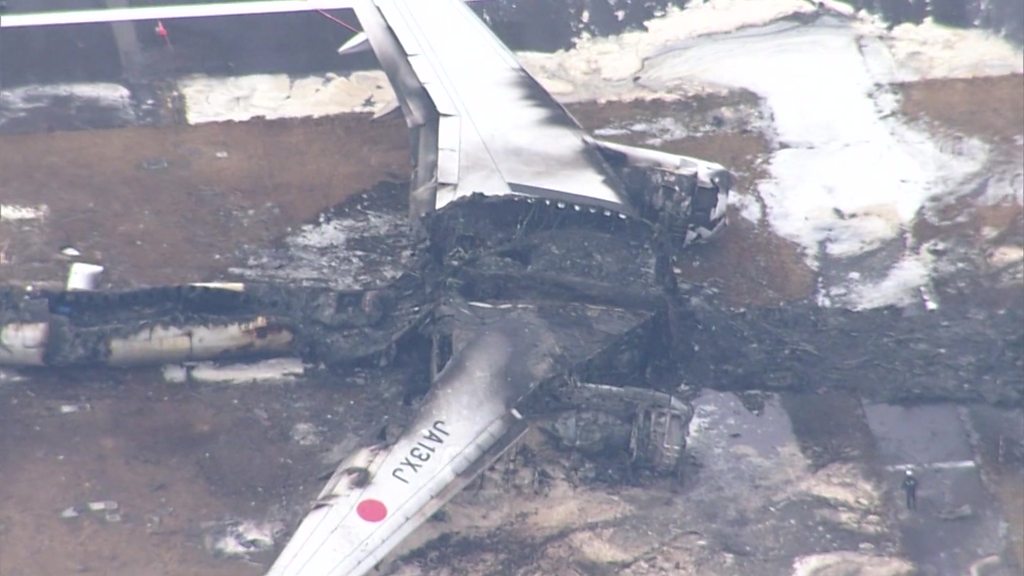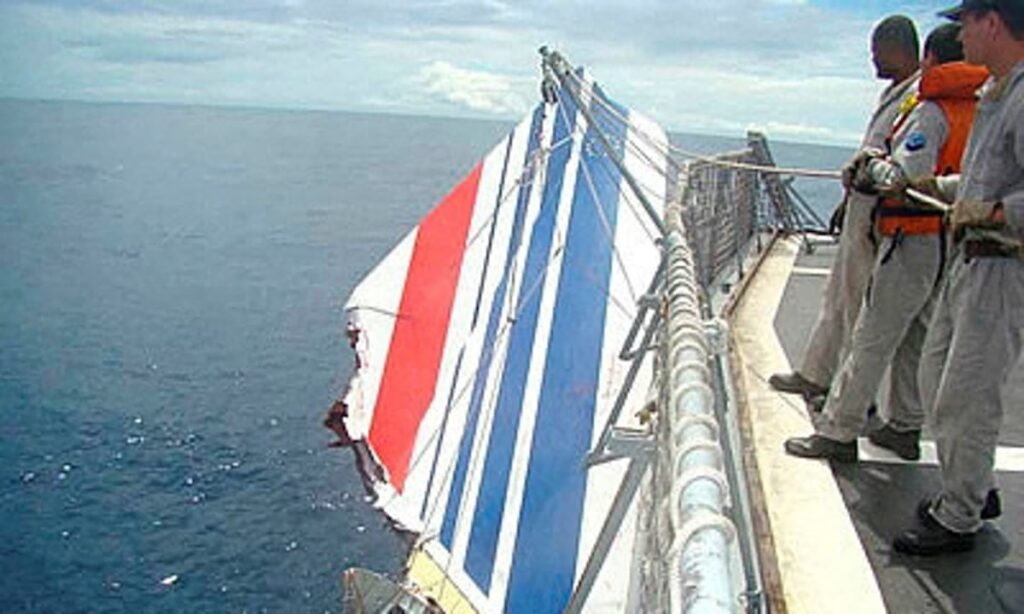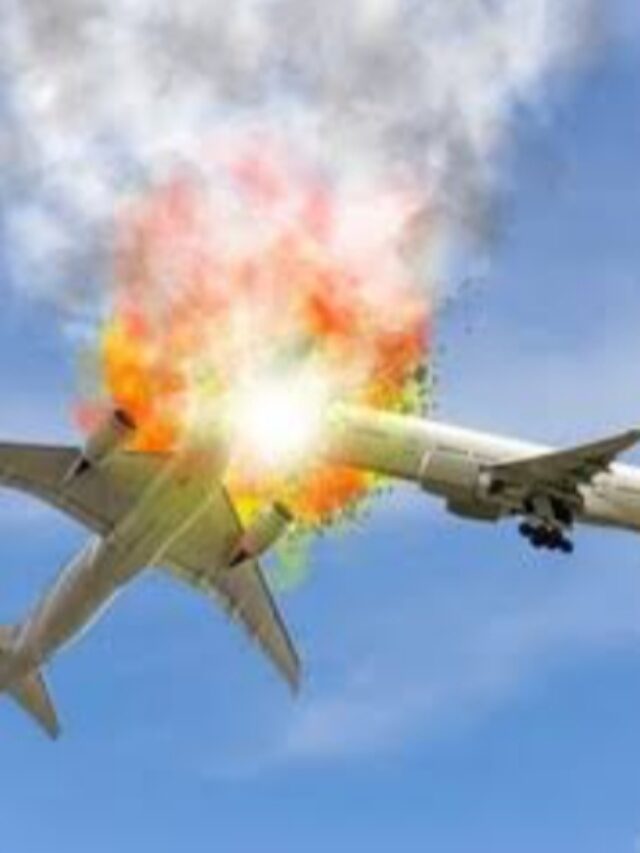Commercial aviation has become incredibly safe thanks to stringent regulations, advanced technology, and highly trained professionals. However, the history of flight has been marked by tragic accidents that have not only resulted in immense loss of life but have also led to crucial safety improvements. Here are five significant commercial flight crashes that sent shockwaves across the globe and continue to serve as sombre reminders of the inherent risks of air travel:
- Tenerife Airport Disaster (1977): The Deadliest Accident in Aviation History

The collision of two Boeing 747 jumbo jets on the foggy runway of Los Rodeos Airport (now Tenerife North Airport) in the Canary Islands on March 27, 1977, remains the deadliest accident in aviation history, claiming the lives of 583 people. A KLM flight attempting to take off collided with a Pan Am flight that was taxiing on the same runway. The primary factors contributing to the disaster were heavy fog, miscommunication between air traffic control and the pilots, and a pilot error by the KLM captain who initiated takeoff without clearance. This tragedy led to significant improvements in communication protocols, air traffic control procedures, and cockpit resource management.
- Japan Airlines Flight 123 (1985): A Catastrophic Structural Failure

On August 12, 1985, Japan Airlines Flight 123, a Boeing 747, suffered a catastrophic structural failure when its rear pressure bulkhead ruptured shortly after takeoff from Tokyo. This led to the loss of the vertical stabilizer and severely damaged hydraulic systems, rendering the aircraft virtually uncontrollable. Despite the pilots’ valiant efforts, the plane crashed into Mount Takamagahara, claiming the lives of 520 people, making it the deadliest single-aircraft accident in history. The subsequent investigation revealed that the bulkhead had been improperly repaired after a previous tailstrike, highlighting the critical importance of meticulous maintenance and repair procedures.
- Charkhi Dadri mid-air collision (1996): The Worst Mid-Air Collision

The mid-air collision between Saudi Arabian Airlines Flight 763, a Boeing 747, and Kazakhstan Airlines Flight 1907, an Ilyushin Il-76, near Charkhi Dadri in India on November 12, 1996, resulted in the deaths of all 349 people on board both aircraft. The crash occurred due to a failure by the Kazakhstan Airlines pilots to follow air traffic control instructions, exacerbated by limitations in radar technology at the time. This tragic event underscored the critical need for improved air traffic control systems, particularly in busy airspace, and enhanced training for pilots regarding standard operating procedures and English language proficiency.
- Air France Flight 447 (2009): The Mystery of Automation and Human Factors

The disappearance and subsequent crash of Air France Flight 447, an Airbus A330, en route from Rio de Janeiro to Paris on June 1, 2009, baffled investigators for nearly two years before the wreckage was located in the depths of the Atlantic Ocean. All 228 passengers and crew perished. The investigation revealed a complex chain of events involving pitot tube icing leading to inconsistent airspeed readings, followed by inappropriate pilot responses and a breakdown in cockpit communication and crew resource management. This disaster highlighted the challenges of managing automated flight systems and the crucial role of human factors in ensuring flight safety, even in technologically advanced aircraft.
- Malaysia Airlines Flight 370 (2014): An Unsolved Aviation Enigma
The disappearance of Malaysia Airlines Flight 370, a Boeing 777, en route from Kuala Lumpur to Beijing on March 8, 2014, remains one of the biggest mysteries in aviation history. The aircraft, carrying 239 people, deviated significantly from its planned route and is believed to have crashed in the southern Indian Ocean. Despite extensive search efforts, only a few pieces of debris have been recovered, and the exact cause and circumstances of its disappearance remain unknown. The lack of definitive answers has fueled numerous theories and continues to raise questions about aircraft tracking and communication systems.
These five commercial flight crashes, while tragic, have played a significant role in shaping the aviation industry’s commitment to safety. Lessons learned from these accidents have led to advancements in aircraft design, pilot training, air traffic control, and accident investigation procedures, ultimately making air travel safer for millions of passengers worldwide.








